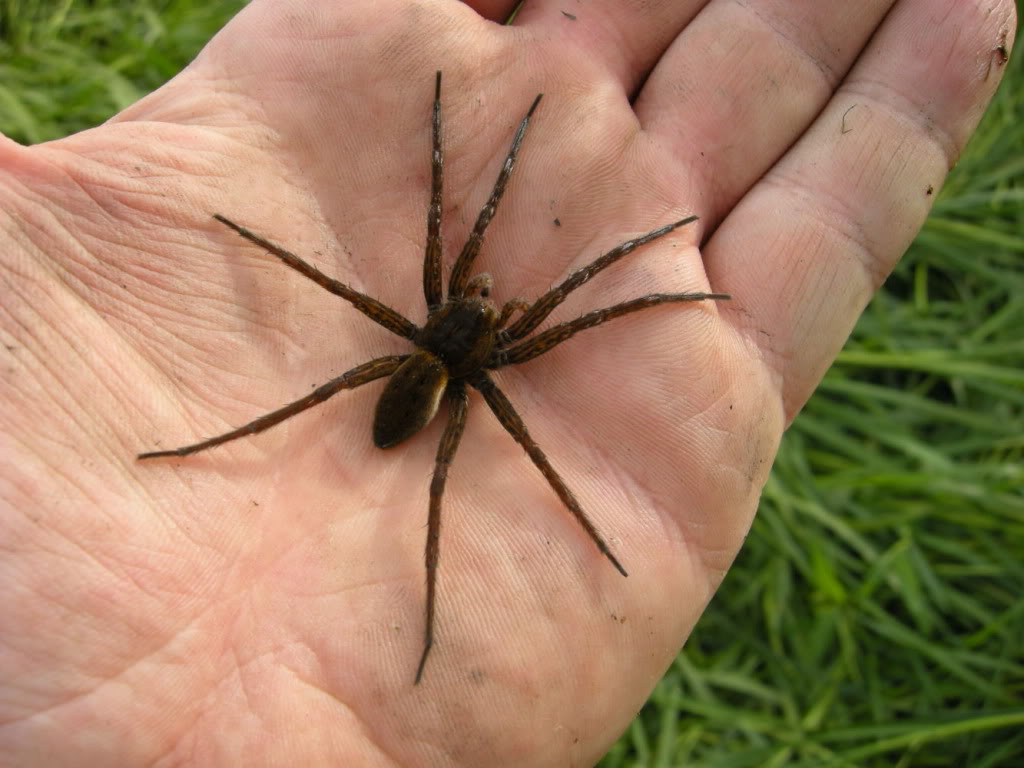 By
By
The majority of people taking an online poll describe this news as “terrifying,” but scientists are cheering the comeback of a large, endangered spider in the U.K. It’s a recovery that was made possible by the recent release of hundreds of captive-bred individuals.
The fen raft spider (Dolomedes plantarius), which can grow up to three inches (7.6 centimeters) long and sometimes eats fish, is the largest species of spider in the U.K. It is also endangered. That’s why scientists from the London-area zoo Chessington World of Adventures have beenbreeding it in captivity.
You shouldn’t be scared—it’s not dangerous to people and actually plays an important role in its ecosystem. (Watch hundreds of babies emerge after a wolf spider is squashed.)
In response to their efforts, Chessington World of Adventures was recently presented with a gold conservation award from the British and Irish Association of Zoos and Aquariums.
Also called great raft spiders, the brown or black arachnids have white or cream stripes along their sides. They live in fens and marshes, where they often skim across the surface of the water (buoyed up by the hairs on their legs).
The spiders feast on other spiders, insects, tadpoles, and small fish, which they catch on the surface of the water.
“This sadly dwindling population has largely been affected by human encroachment,” the zoo writes on its website.
In 2011, zoo scientists began a conservation program to breed the spiders in captivity. Over a two-year period, 400 of those spiders were released back into the wild.
Since then, numbers of wild spiders have reportedly doubled. As a result of this increase, the zoo says it no longer needs to release captive fen raft spiders. (See how the new Johnny Cash spider upends a family tree.)
Resurgence of the spider is good news, says Norman I. Platnick, an emeritus curator and spider expert with the American Museum of Natural History in New York.
“We have several species of that genus in the U.S., and they are typically found around streams and ponds,” Platnick adds.
“They can walk easily on the surface of the water and even seize prey that comes near the surface.”

